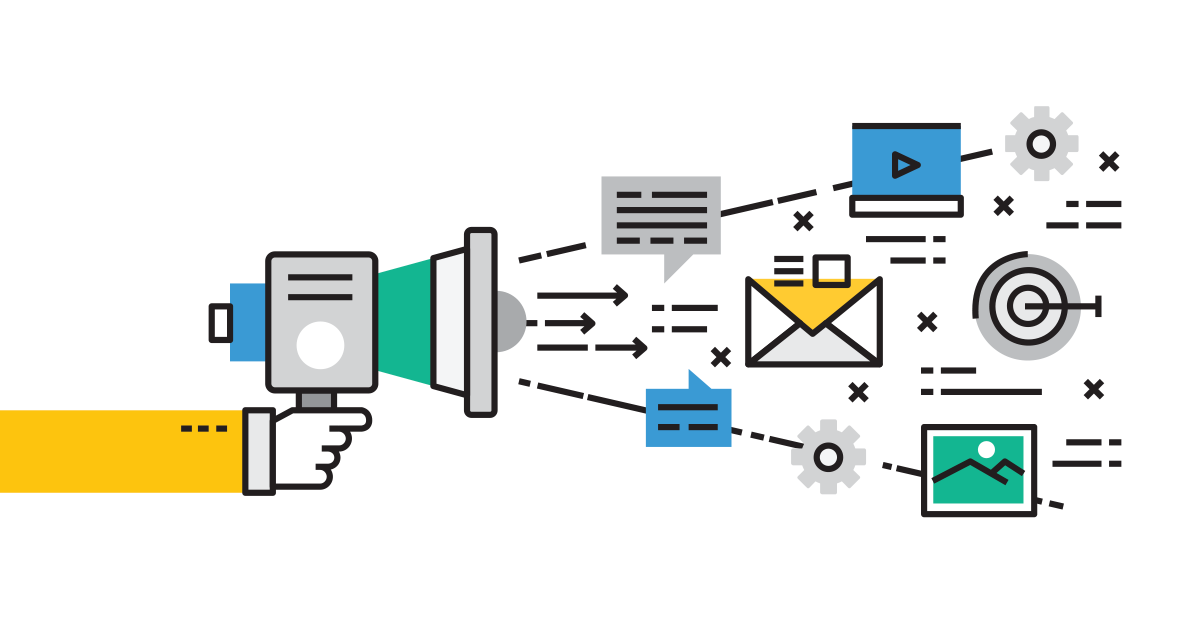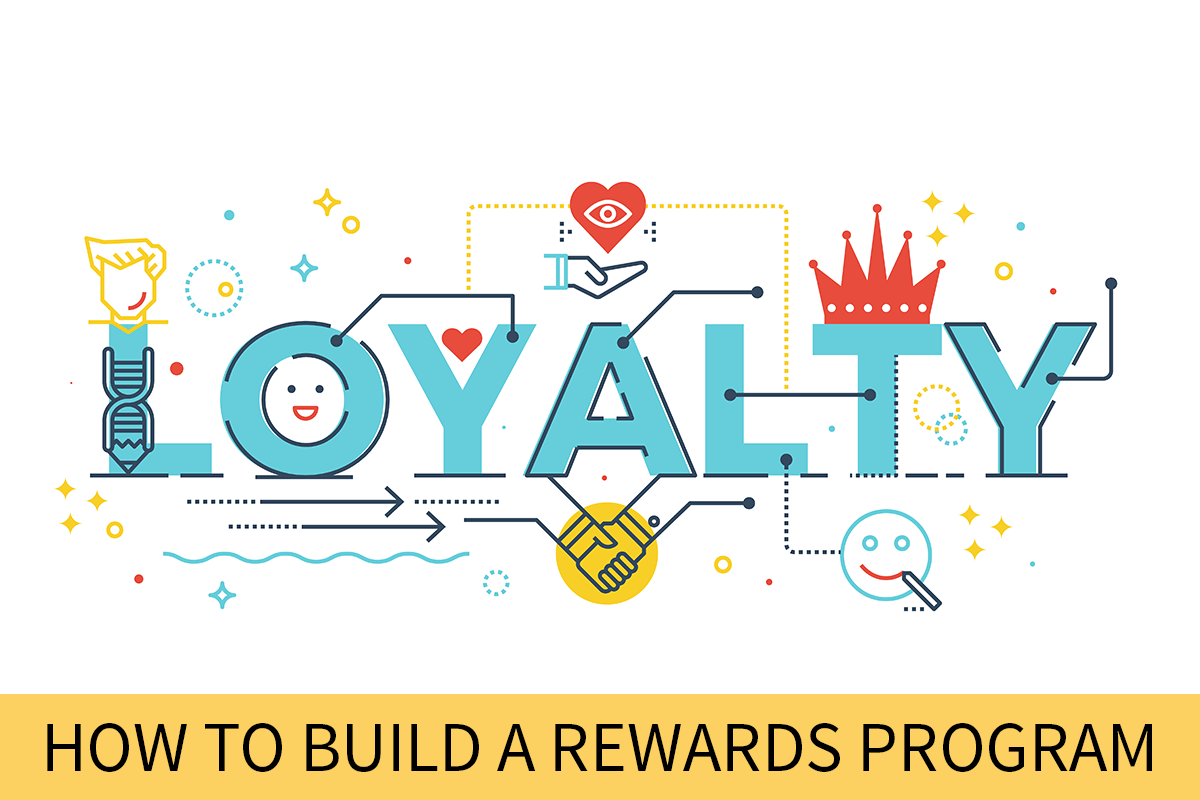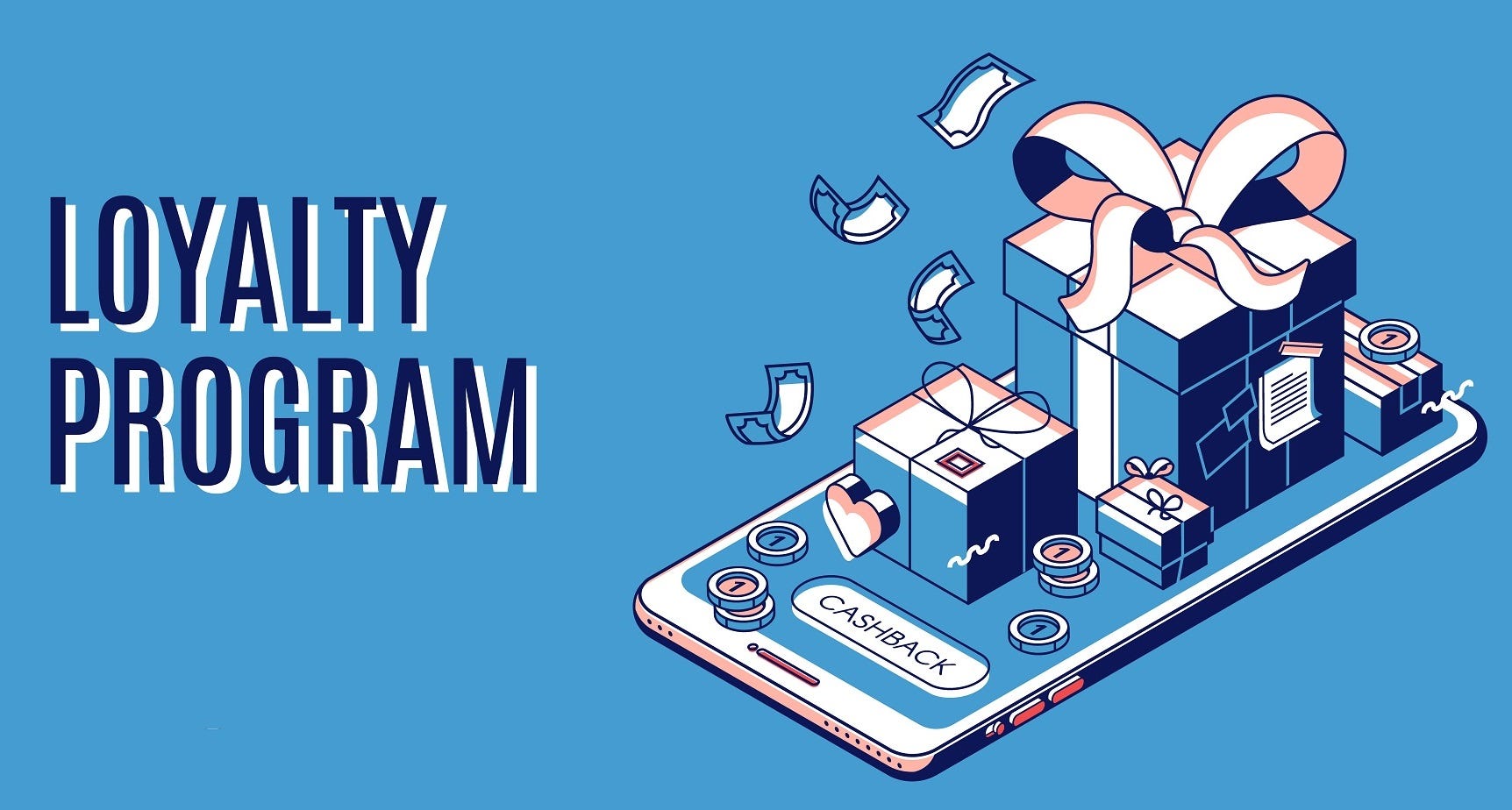All Categories
Featured
Table of Contents
In Amityville, NY, Hailey Clarke and Kailee Wang Learned About Business Owners

What if you could grow your service without increasing your costs? In fact, what if you could actually decrease your spending but increase your sales, year after year? Would you do it? If you're a company owner, then you'll likely provide a definite 'yes', an easy response to an even simpler question.
A rewards program tracks and rewards particular spending habits by the client, providing unique advantages to faithful customers who continue to shop with a particular brand. The more that the consumer spends in the shop, the more advantages they get. Gradually, this reward develops devoted consumers out of an existing client base.

Even if you already have a reward program in place, it's a good concept to dig in and totally understand what makes client commitment programs work, in addition to how to implement one that costs you little money and time. Do not stress, I'll assist you with that. I'll break down the main benefits of a commitment program and the finest methods to produce loyal customers.
Let's dig in. Consumer commitment is when a customer returns to do company with your brand name over your rivals and is mostly influenced by the positive experiences that the customer has with your brand name. The more favorable the experience, the more likely they will return to patronize you. Consumer loyalty is incredibly important to businesses because it will assist you grow your service and sales faster than a simple marketing strategy that concentrates on recruiting new consumers alone.
A couple of ways to determine consumer loyalty include:. NPS tools either send a brand performance study via e-mail or ask consumers for feedback while they are visiting a business's website. This details can then be used to much better understand the possibility of consumer commitment. A repurchase ratio determines the ratio of repeat purchasers versus one-time buyers.
Consumer loyalty index (CLI). The CLI tracks client loyalty gradually and is comparable to an NPS study. Nevertheless, it considers a few extra elements on top of NPS like upselling and buying. These metrics are then utilized to examine brand commitment. A client commitment program is a marketing strategy that rewards clients who make purchases and engage with the brand name on an ongoing basis.
Consumer rewards programs are designed to incentivize future purchases. This motivates them to continue working with your brand. Customer loyalty programs can be established in various ways. A popular client commitment program benefits clients through a points system, which can then be invested on future purchases. Another kind of client commitment program may reward them with member-exclusive benefits or free gifts, or it might even reward them by donating cash to a charity that you and your customers are equally passionate about.
In 7753, Kaleb Moon and Camilla Trevino Learned About Online Community
By providing benefits to your clients for being faithful and encouraging, you'll develop a rapport with them, deepening their relationship with your brand name and ideally making it less likely for them to switch to a rival. You've most likely seen customer commitment programs in your own shopping experience, whether at your favorite coffee shops or your most frequented supermarket.
But even if everyone is doing it does not suggest that's a sufficient reason for you to do it too. The better you comprehend the benefits of a client rewards program, the more clarity you will have as you produce one for your own shop. You will not be distracted by interesting advantages and complicated commitment points systems.
Remember: work smarter, not harder. Consumer retention is the primary benefit of a rewards program that serves as a structure to all of the other benefits. As you provide incentives for your existing consumer base to continue to buy from your shop, you will offer your store with a steady flow of cash month after month.
By growing your retention rate, you can stop investing as much time or cash on increasing your general variety of clients. Why is this crucial? Devoted clients have a higher conversion rate than new clients, indicating they are most likely to make a transaction when they visit your store than a new customer.
By increasing your retention rate by only 5 percent, you can increase your revenues by 25 percent and as much as by 95 percent. Needless to say, your retention rate matters. Key Takeaway: If you want to considerably increase your revenues, offer incentives for your existing clients to continue to go shopping at your shop.
And you won't need to spend money on marketing to get them there. Consumer acquisition (aka bringing in brand-new consumers) takes a great deal of effort and cash to encourage total strangers to trust your brand name, come to your store, and attempt your items. In the end, any money earned by this new client is overshadowed by all of the cash invested on getting them there.
Secret Takeaway: If you wish to reduce costs, focus on consumer retention rather of consumer acquisition. When you concentrate on providing a favorable customized experience for your existing clients, they will naturally inform their family and friends about your brand name. And with each subsequent transaction, devoted consumers will inform even more people per transaction.
In 20109, Areli Mercado and Emilie Pitts Learned About Potential Clients
The finest part? Since these new clients originated from relied on sources, they are more likely to become loyal customers themselves, spending more on typical than new clients generated by other marketing efforts. The Chase Ultimate Rewards program, for example, offers major advantages for people who travel a lot.
The 'supreme benefits' that Chase cardholders receive include 2x points per dollar invested on all travel purchases along with main rental car insurance coverage, no foreign transaction costs, journey cancellation insurance, and purchase security. For individuals who take a trip a lotand have disposable income to do sothere is a huge incentive to spend money through the ultimate benefits program.
This whole process makes redeeming rewards something worth boasting about, which is precisely what lots of cardholders end up doing. And to assist them do it, Chase provides a perk for that too. Secret Takeaway: Make it simple for your consumers to extol you and they will spread the word about your buy free.
When you get the fundamentals down, then utilizing a loyalty rewards app can help take care of the technical details. Here are the steps to begin with developing your consumer loyalty program. No customer wishes to purchase items they don't desire or need. The exact same goes for your loyalty program.
And the only method to tailor an irresistible client commitment program is by totally understanding your client base. The finest method to do this? By carrying out these methods: Construct customer contact info wherever possible. Guarantee your organization is continuously developing a detailed contact list that allows you to gain access to existing consumers as frequently and as quickly as possible.

Track client behavior. Know what your customers want and when they desire it. In doing so, you can expect their wants and needs and provide them with a commitment program that will satisfy them. Classify consumer individual characteristics and choices. Take a multi-faceted technique, do not restrict your loyalty program to just one opportunity of success.
Encourage social media engagement. Frame methods to engage with your clients and target audience on social networks. They will soon offer you with very insightful feedback on your product or services, allowing you to better comprehend what they get out of your brand name. Once you have worked out who your customers are and why they are doing organization with your brand name, it's time to decide which kind of loyalty benefits program will motivate them to stay faithful to you.
In Monroe Township, NJ, Jaylynn Holland and Leonidas Duran Learned About Marketing Efforts
Nevertheless, the most typical client loyalty programs centralize around these main ideas: The points program. This type of program concentrates on satisfying consumers for every purchase they make with points in a point system. These points can then either be used on future purchases or put towards some type of benefit.
The paid program. This type of program requires customers to pay a one-time or annual cost to join your VIP list. Loyalty members who belong to this list are able to access special rewards or member-exclusive benefits. The charity program. This type of program is a little bit different than the others.
This is attained by encouraging them to do company with the brand and, in return, their loyalty will be rewarded with a contribution to a charity. The tier program. This type of program concentrates on increasing levels of brand name loyalty. The more faithful a customer is to a brand, the greater tier they will climb to and the better the benefits they will receive.
This kind of program is just as it sounds, where one brand partners with another brand to provide their cumulative audiences with exclusive member discounts or offers that they can redeem while working with either brand name. The community program. This kind of program incentivizes brand name loyalty by providing its members with access to a similar neighborhood of people.
This kind of program is relatively comparable to paid programs, however, the membership fee happens on a routine basis instead of a one-time payment. Next, pick which client interactions you wish to reward. Base these benefits around which interactions benefit your company one of the most. For instance, to assist your organization out, you can use action-based benefits like these: Reward customers more when working with your brand throughout a sluggish period of the year or on an infamously slow day of organization.
Reward clients for engaging with your brand on social networks. Incentivize specific products you are trying to move rapidly. Incentivize purchases that are over a specific dollar amount. The idea is to make your consumer loyalty program as easy as possible for your clients to use. If your customer loyalty program isn't personnel friendly, isn't easy to track, is too expensive to run, or isn't easy for your clients to utilize or understand, then staff and consumers alike probably won't benefit from it.
To get rid of these barriers to entry, consider incorporating a customer loyalty software application that will help you continue top of all of these elements of your program. Some quality customer program software application include:. CandyBar is a digital punch card program. It works by tracking your client's purchases through an app on a computer, phone, or tablet.
In 21133, Lisa Mason and Kassidy Clements Learned About Linkedin Learning
Loyalty members can then inspect their benefits via text message and company owners can use the program to contact their customers. Yotpo. Yotpo is a cloud-based customer loyalty platform specifically for eCommerce services. This software application is especially proficient at gathering every kind of user-generated content, helpful for customizing a better consumer experience.
Loopy Commitment is a helpful client commitment software for businesses that mainly utilize Google Wallet or Apple Pay as their payment platforms. The software produces a digital loyalty card that sends out push notifications to their customers' phones when they remain in close distance to their brick and mortar store. Once you've made the effort to choose which consumer commitment techniques you are going to carry out, it's time to begin promoting and registering your first loyalty members.
Usage in-store advertisements, integrate call-to-actions on your site, send promotions via e-mail newsletters, or upload marketing posts on social networks to get your clients to join. It's important to understand the primary advantages of a client rewards program so that you can develop a customized experience for both you and your client.
Think about it. You know what kinds of items your consumers like to purchase however do you know what brings them back, day after day, week after week? What makes them select your store over the store across the street? What makes them your client and not the client of your most significant rival? Remarkably, the answers to these concerns don't come down to discount rate rates or quality items.
Table of Contents
Latest Posts
Web Design - Linkedin Learning, Formerly Lynda.com Tips and Tricks:
Html Responsive Web Design - W3schools Tips and Tricks:
Web Design - Linkedin Learning, Formerly Lynda.com Tips and Tricks:
More
Latest Posts
Web Design - Linkedin Learning, Formerly Lynda.com Tips and Tricks:
Html Responsive Web Design - W3schools Tips and Tricks:
Web Design - Linkedin Learning, Formerly Lynda.com Tips and Tricks: